Shazdeh Garden (aka Shahzadeh Garden) is one of the 9 registered Persian Gardens on the UNESCO World Heritage list. The registered Persian Gardens roots date back to the early years of the Achaemenids Empire (6th century BC), and they all share the same design principles, no matter where in the country they are located. The Persian Gardens are divided into four sectors and water management has always played an important role in their design. These gardens were built to symbolize Eden (paradise) and the four Zoroastrian elements of sky, earth, water and plants.
The name Shazdeh Garden literally means ‘The Prince’s Garden’. This garden is located in the outskirts of Mahan city and was built during the Qajar dynasty (1794 – 1925) by the order of Kerman’s governor. Shazdeh Garden is the the largest and one of the best examples of Persian Gardens in Iran. It is located in a dry and hot region, but what makes this garden stand out, is the green and lush trees and vegetation in the garden.
Thanks to the smart water control system, the garden enjoys a mild temperature throughout the year. The melted snow from the nearby mountains is controlled using Qanats and flows from the most upper part of the garden where the main pavilion is located, and goes all the way to the entrance of the garden and eventually to the city of Mahan. The water flow in the garden and even the original fountains completely rely on gravity to function.
If you take a closer look at the entrance of Shazdeh Garden, you can notice a few spots without any designs or tile works. The royal inhabitants of the garden were known to be hostile to civilians, thus when the mason of the garden found out that the prince who resided there had been killed, he happily threw the mortar away without completing his job.
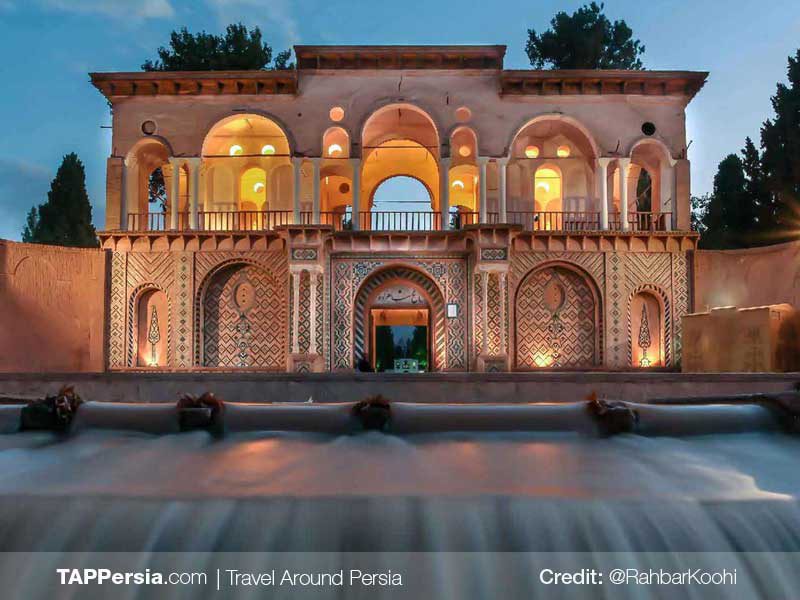
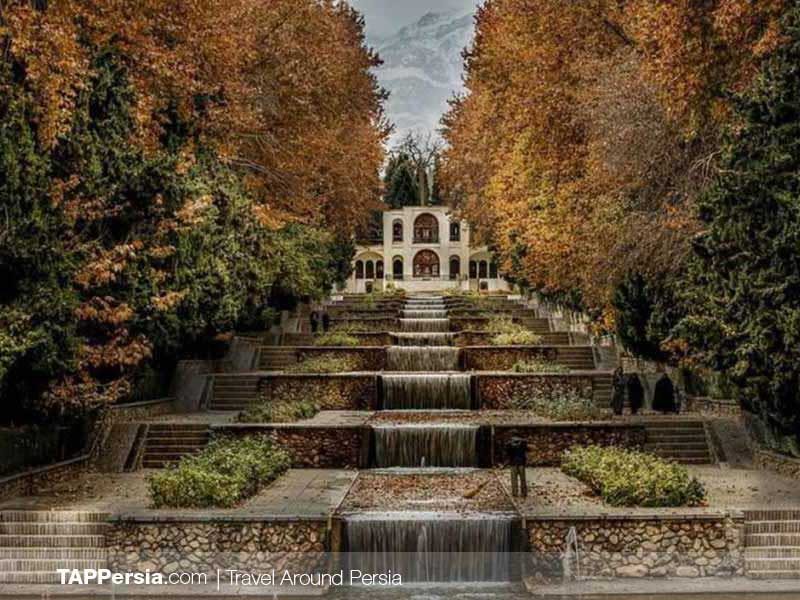
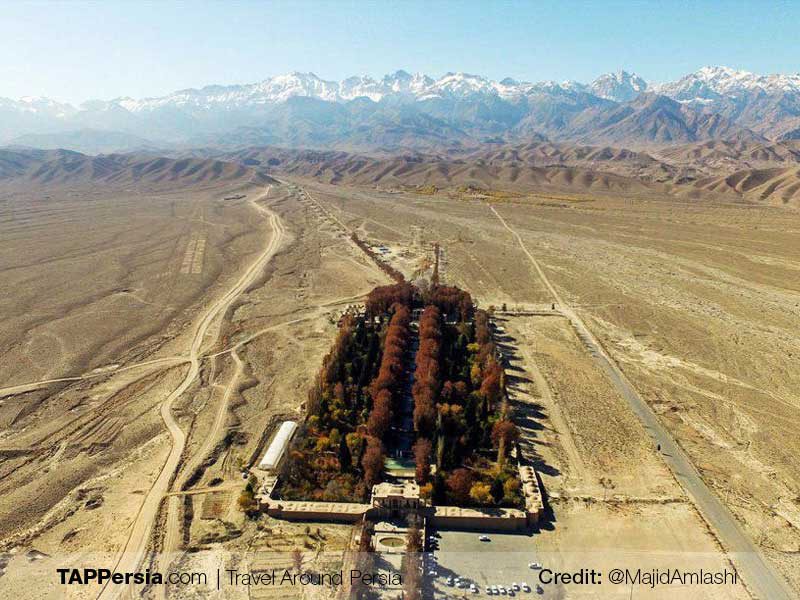
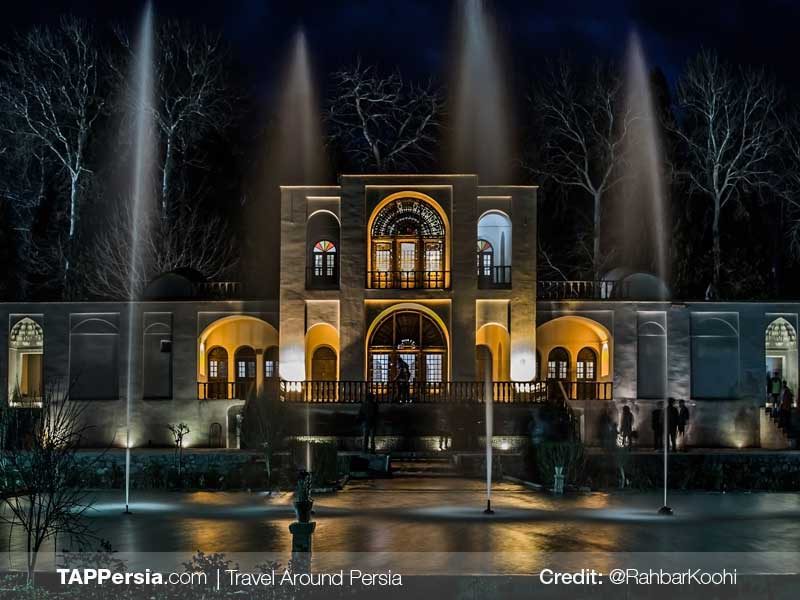

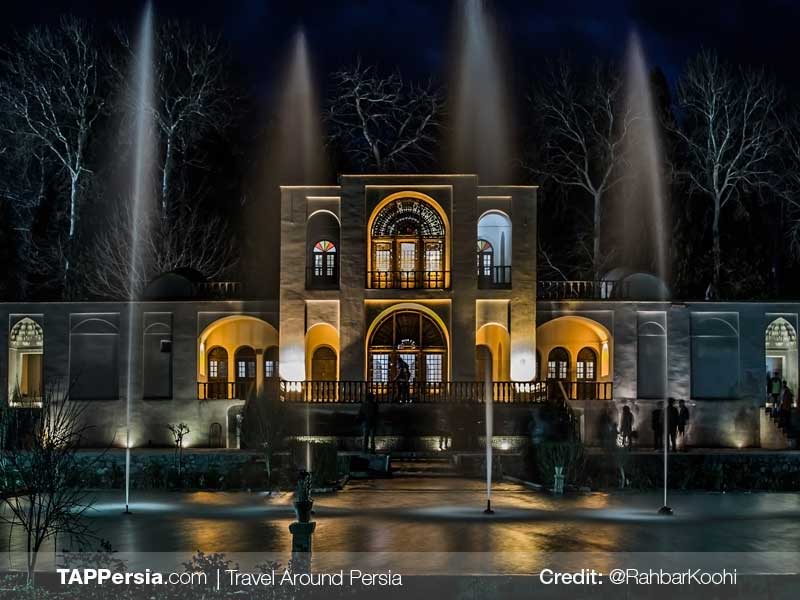
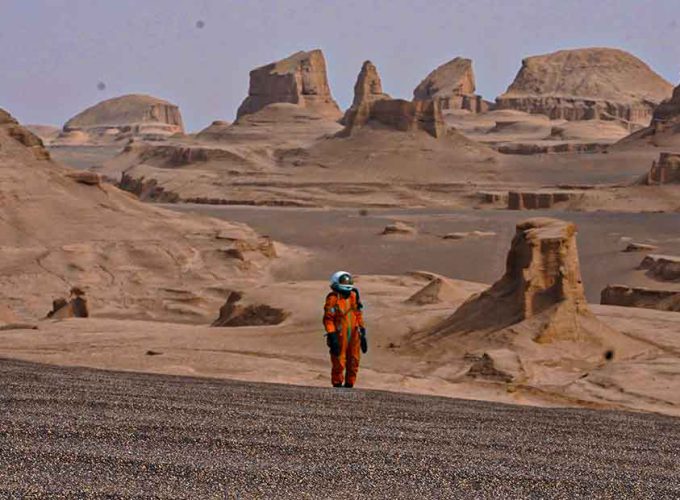
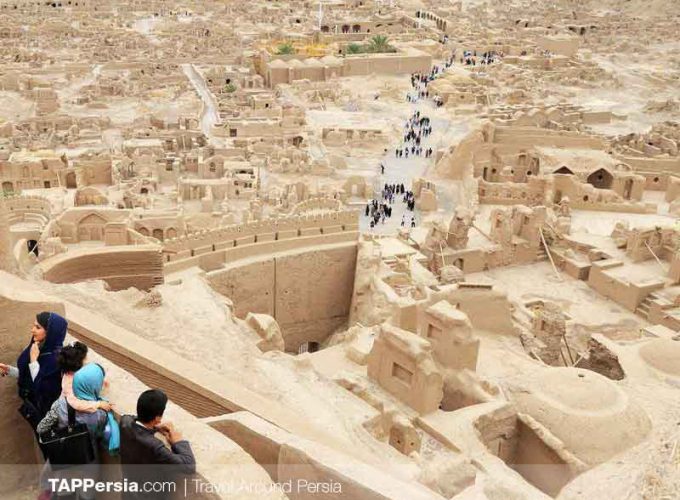

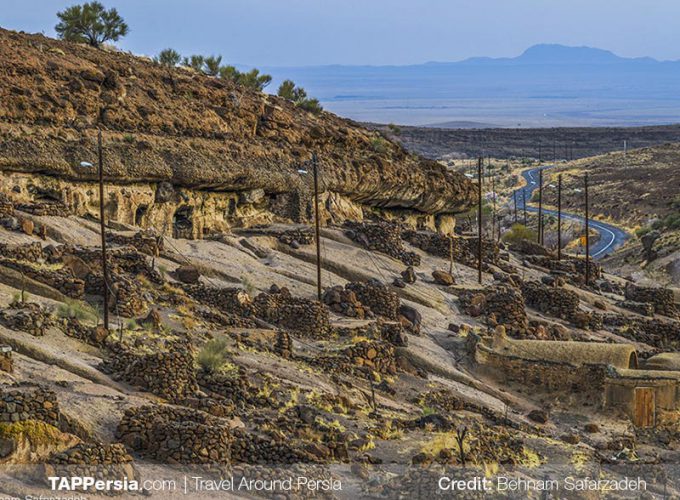
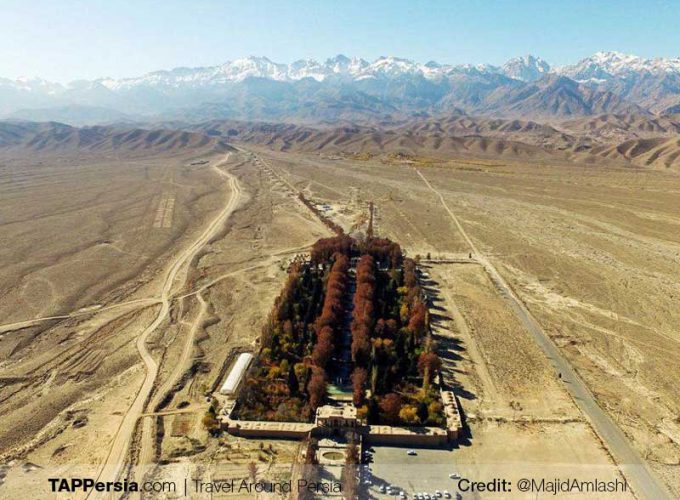



Comment (0)